Join the author, Néstor T. Carbonell, as he shares a critical analysis of the Castro-Communist regime and explores the challenges and opportunities that will likely arise when freedom finally dawns in Cuba.
CHAPTER 8: Unheeded Warnings: The Looming Missile Crisis (August-October 1962)
The flawed evaluation and assessment of the massive intelligence data- largely attributed to miscalculation of Soviet intentions, systematic dismissal of refugee reports, and an overriding focus on Berlin—did not convince or blindside the director of the CIA John McCone. On the contrary, it spurred him to sound off repeated warnings and to call for effective action to address the ominous threat.
McCone, a bright entrepreneurial mechanical engineer, had developed flourishing businesses in steel, construction, shipping, shipbuilding, and aircraft production. He served as undersecretary of the air force in 1950 and subsequently as chairman of the Atomic Energy Commission under Eisenhower. In 1961, President Kennedy appointed him director of the CIA, replacing Allen Dulles after the Bay of Pigs debacle.
Although McCone had not previously held any intelligence position, his innate skepticism of Soviet intentions, indeed his visceral mistrust of the Kremlin’s promises, plus his engineering background, served him well as the head of the CIA at that time. Although a registered Republican, his firm stance during the looming Missile Crisis was not prompted by politics but by genuine national security concerns.
On August 10, 1962, at a meeting of the Special (Cuba) Group Augmented, chaired by State Secretary Dean Rusk and attended by Secretary of Defense McNamara, McCone maintained that «the Soviet Union will not let Cuba fail.» After examining reports on the movement of cargo ships from the Black and Baltic Seas to Cuba, McCone expected that Moscow would supplement economic, technical, and conventional military aid with medium-range ballistic missiles. (CIA analysts took exception to the director’s inference, alleging that he did not have hard evidence to back up his suspicions.)
Secretaries Rusk and McNamara also disagreed with McCone’s warning of the potential threat posed by strategic missiles in Cuba, arguing that the Soviet buildup was purely defensive. So, the director of the CIA, who continued to sound the alarm during his honeymoon in Europe, decided to submit a memorandum to the president dated August 21, 1962.
In the light of additional intelligence on the shipments of concealed weapons and equipment to Cuba, and of the arrival of four thousand to five thousand Soviet/Bloc technicians and possibly military personnel, McCone contended that a Soviet-controlled Cuba would not only be used as a springboard for subversion in Central and South America but would also serve as a possible location for medium-range ballistic missiles and for COMINT (communications intelligence) and ELINT (electronic intelligence) facilities targeted against the United States.
Since the sharply curtailed Mongoose program (even if reenergized and expanded) would not, by itself, stop the ongoing Soviet military buildup in Cuba, the CIA director recommended that a multipronged plan be carried out before Moscow could turn the island into a menacing, missile-poised strategic base.
McCone urged the president to alert the Latin American republics and leaders of the free world to the impending threat. And he called for intensified covert operations and for the «simultaneous commitment of sufficient armed forces to occupy the country [Cuba], destroy the regime, free the people, and establish in Cuba a peaceful country which will be a member of the community of American states.»
On August 23, the president convened a meeting of the National Security Council to air McCone’s concerns and determine what actions should be taken in light of the stepped-up Soviet bloc military activities in Cuba. The «actions» authorized by Kennedy were more studies, six of them. They included an analysis of the probable military, political, and psychological impact of the establishment in Cuba of either surface-to-air missiles or surface-to-surface missiles and a study of the advantages and disadvantages of warning against the deployment to the island of military forces, which might launch a nuclear attack against the United States.
On August 31, one week after the president ordered the new studies, he was confronted for the first time with U-2 photographic evidence that eight surface-to-air missile sites were under construction in Cuba and would soon be operational. At least the entire western third of the island would be defended in a matter of days. Fragmentary evidence suggested that the Soviets were building another sixteen surface-to-air missile sites on the rest of the island.
McCone was quick to point out that, in his view, those emplacements were designed to protect strategic nuclear missiles. The president was worried that the information would leak and force his hand. He instructed CIA deputy director Marshall Carter to severely limit access to the evidence, saying, “Put it back in the box and nail it tight.”
The Council Goes Public (August 15-31,1962)
Washington’s toleration of the Soviet military buildup in Cuba alarmed the Cuban Revolutionary Council in Miami, and its disregard of the underground and refugee reports puzzled and disturbed us. It is true that those reports were mostly raw and unfiltered and were at times magnified by alarmists on the island and abroad. But, on the whole, they were directionally more accurate than the polished but shortsighted and slanted National Intelligence Estimates.
Apart from the copious flow of data we were getting on nighttime convoys carrying large cylindrical weapons covered with canvas, we started to receive startling information on mysterious work going on at a feverish pace where some of Cuba’s vast caves were located. The sites were cordoned off, and many trucks were seen bringing building material. To allay suspicions, the Castro regime had earlier announced that many of the caves and caverns that dot the island would be spruced up to promote tourism. However, what the regime was actually doing in mid-1962, with the guidance of Soviet experts, was conditioning some of them for military use.
The Castro regime was well prepared to select the most suitable caves for military use, adding steel reinforcements and refrigerate11 equipment. Cuba’s most renowned speleologist, the geographer and Communist leader Antonio Nunez Jimenez, had personally explored and mapped out those caves which could best serve as bomb shelter as underground storage of military equipment, and even as silos aircraft and rockets. As we later found out, the sites that had been selected to install most of the Soviet strategic missiles were located near the caves where burrowing and tunneling had been reported.
Most troubling in August 1962 was the flash we got from the island regarding the arrival of about five thousand Soviet soldiers and military personnel. Other exile groups and activists had received similar information, and the Miami Daily News carried the story, quoting unidentified sources (presumably from the US intelligence community). Still, before going public, the Council needed further verification.
A couple of disgruntled CIA agents we knew in Miami had also heard through their channels of the Soviet military contingent in Cuba. But the one who gave us more reliable information was Massimo Muratori, an official of the Italian Embassy in Havana, who carried diplomatic credentials as a cover for intelligence missions.
A burly and balding Italian with a ruddy complexion and a zestful personality, Muratori had frequently flown to Miami via Mexico to meet with US intelligence officers, share information, and receive special training on the use of ultramodern electronic gadgets, including infrared cameras and underwater equipment. There were other intelligence officers of NATO allies based in Cuba who also worked closely with the United States.
In one of his trips to Miami, Muratori met my parents, and they struck a rapport that led to a close friendship. During a dinner at our home in mid-August, I had an aside with Massimo to discuss the Soviet military buildup in Cuba. He confirmed the arrival of some five thousand Soviet elite troops and added with visible concern, “I am afraid that that is only the first wave.” He also indicated that Moscow’s surface-to-air missiles had been brought to the island and would soon be opera-tional. This, he suspected, was the forerunner of strategic installations.
With Muratori’s validation, the Cuban Revolutionary Council publicly denounced on August 20 the onset of what we called “the Soviet invasion of Cuba” with several thousand soldiers and large concealed arms – all with the consent and encouragement of the Castro brothers.
We also called for hemispheric action to repel the Soviet intervention forbidden by the inter-American treaties.
A US State Department spokesman ridiculed the report and said that the troops “were more likely four hundred or five hundred agricultural and industrial advisers.” Then the president, in his August 29 press conference, stated, “In response to your specific question, we do not have information that [Soviet] troops have come into Cuba, number one. Number two, that main [Soviet] thrust, of course, is assistance because of the mismanagement of the Cuban economy which had brought widespread dissatisfaction, economic slowdown, [and] agricultural failures, which have been so typical of the Communist regimes in so many parts of the world. So that I think the situation was critical enough that they needed to be bolstered up.”
To our utter dismay at the Council, the president had not only denied any knowledge of Soviet troops in Cuba (despite McCone’s August 21 memorandum alluding to them) but also had in effect publicly justified Moscow’s military buildup in Cuba by implying that it was just assistance to prop up the island’s failing economy.
Congressional Pressure (September 1962)
The Council and other exile groups were not the only ones challenging the White House’s laissez-faire attitude toward the Soviet intervention in Cuba. US senators and congressmen also voiced their alarm and called for immediate action. Some of them echoed our findings; others relied on leaks from US government sources. Among this latter group was Senator Strom Thurmond (then a Democrat from South Carolina As a prominent member of the Armed Services Committee with excellent antennas, he had gathered enough intelligence to announce September 3, 1962, that the Soviets were building bases for strategi ballistic missiles in Cuba.
But it was New York’s Republican senator Kenneth B. Keating ^ was most vocal in flagging the threat. From August 31 to October 12, 1962, he made ten Senate speeches and fourteen other public statements revealing alarming aspects of the Soviet military buildup in Cuba. In his first major speech on August 31, he signaled that Moscow had sent some twelve hundred soldiers to the island and was building missile bases there.
The president was under increasing pressure to be up front about the Soviet military involvement in Cuba and its national security implications. To quell the unrest, Kennedy invited on September 4 leading Democrats and Republicans from Congress to a special meeting on Cuba. After providing an intelligence briefing, he stressed that Khrushchev was building up defensive capability on the island and nothing else. And then he added, to our dismay, that this did not violate the Monroe Doctrine. If anything, it reflected the weakness of Castro’s state socialist model.
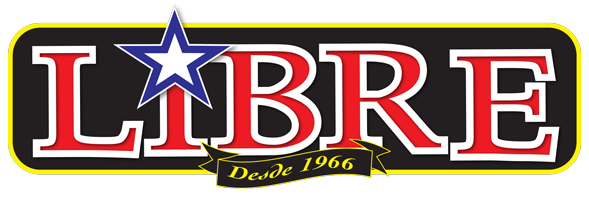


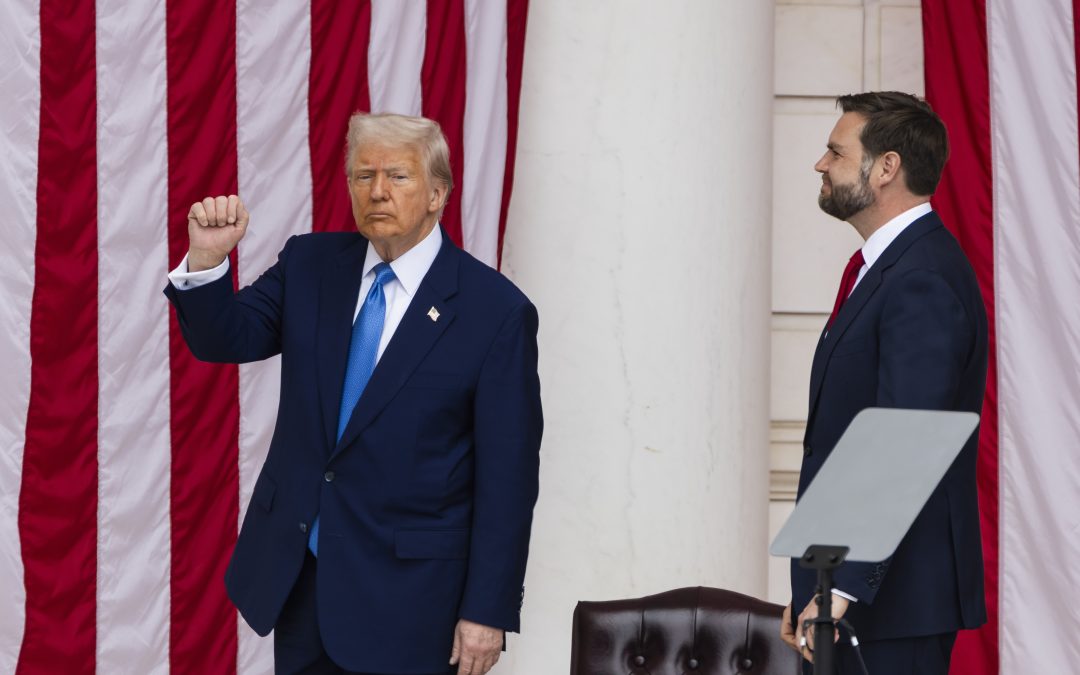
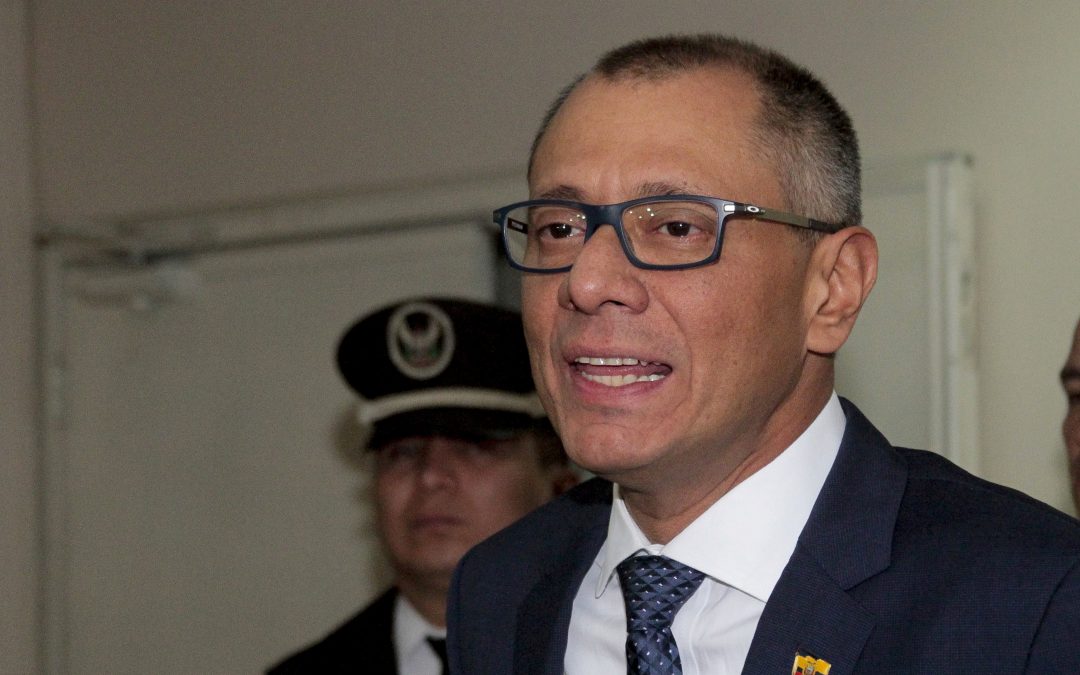
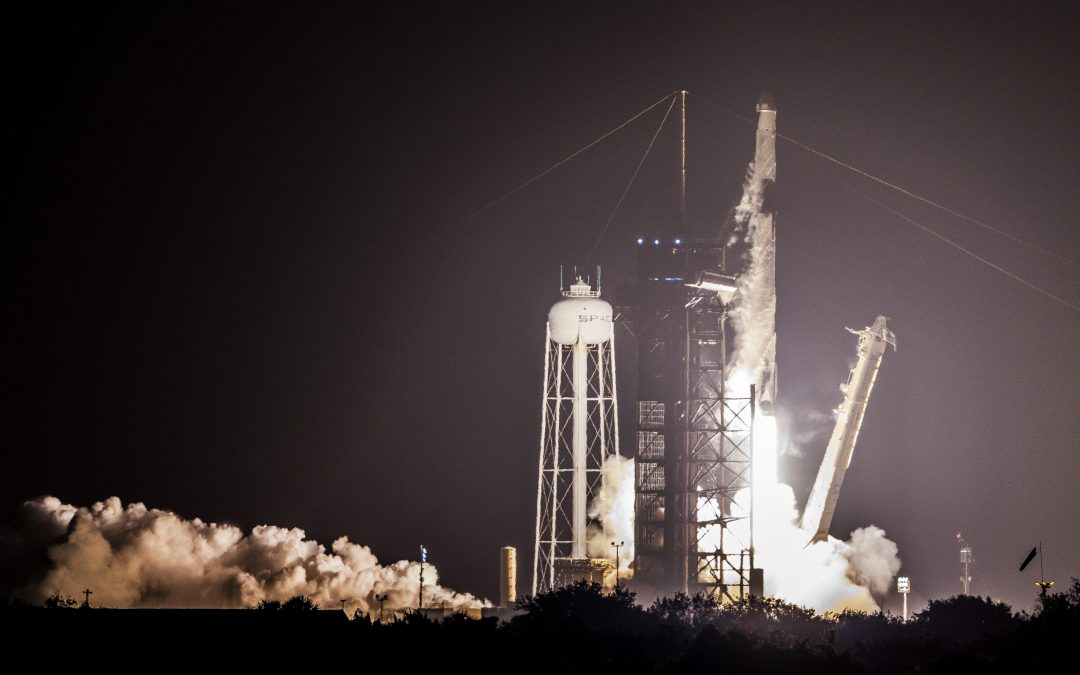
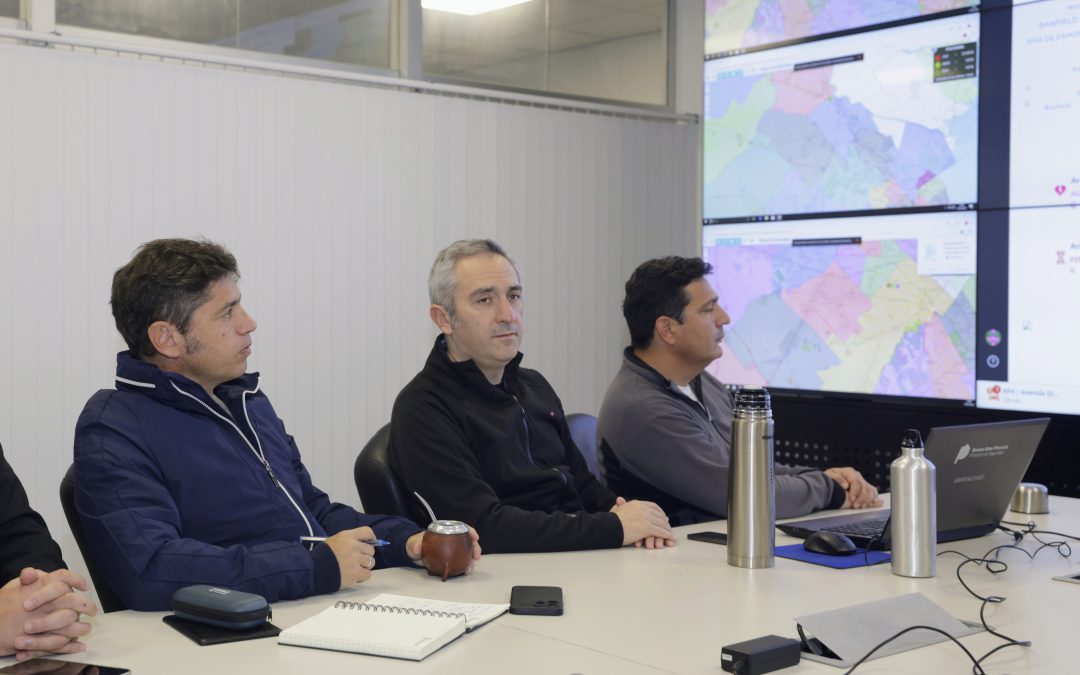

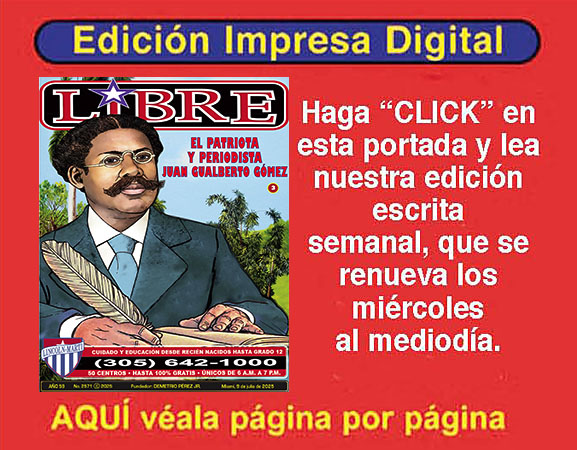


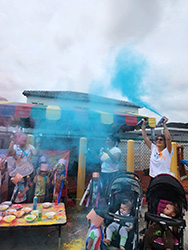
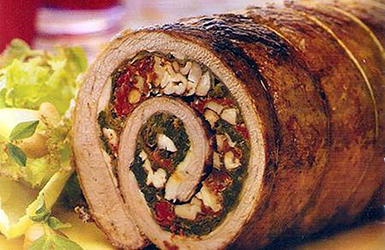
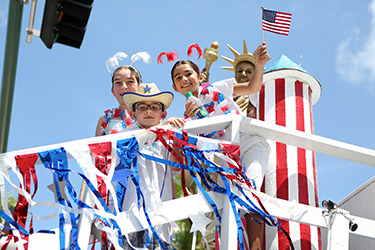
0 comentarios